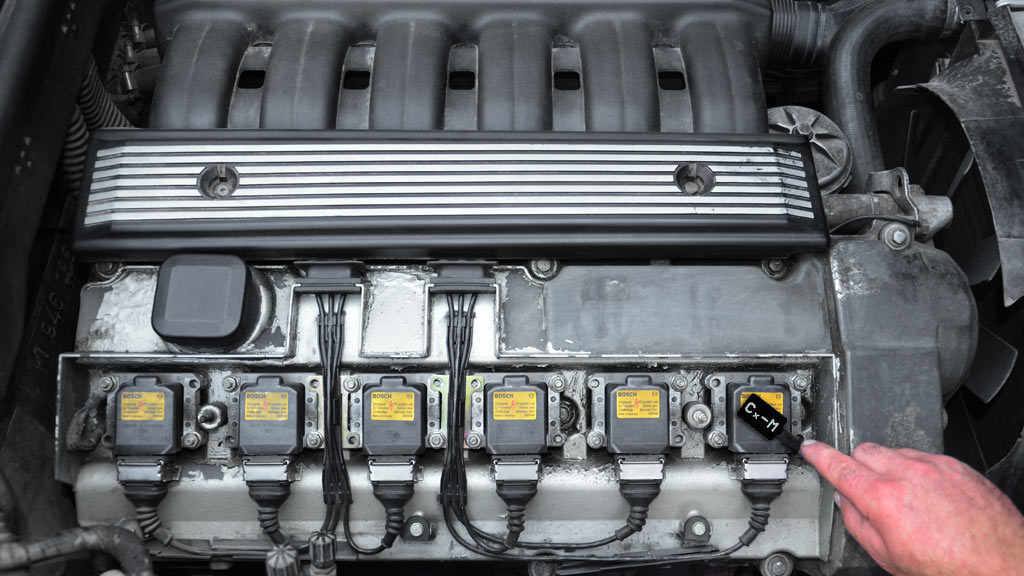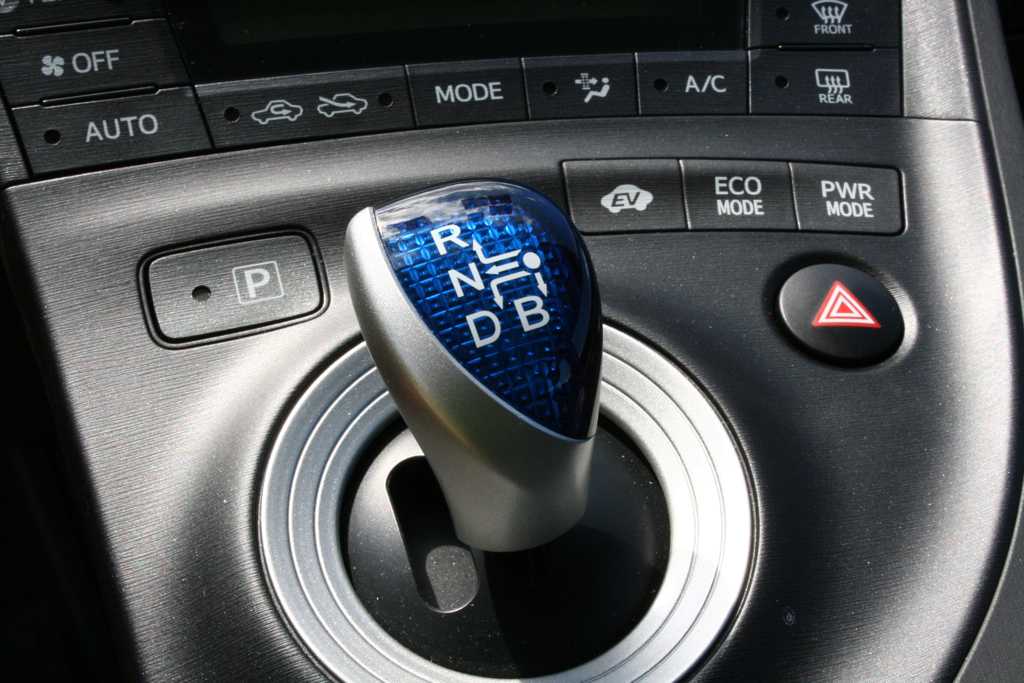How Long Does It Take To Replace a Transmission? Truth to Know
Regular transmission maintenance is the key to an effective transmission system. But you are in trouble if it is not working properly. So let us find the answer for how long does it take to replace a transmission question!
An automobile cannot move without a well-doing transmission system. It is not possible to drive a vehicle without a properly functioning transmission system. And yes most of us usually overlook repairs and services of the cars.
But this is the time when you call for serious troubles. Transmission repair can cost a lot of money and time. And keeping it in sound shape is always necessary.
How Long Does It Take To Replace a Transmission?
Three to four days. It usually takes three to four days to replace or repair the entire transmission system. But it depends on the vehicle models and transmission types.
It might take a little longer if other parts with transmission also need repair. Or the entire system needs to be replaced. Other vehicle parts may tear out if the repairs and maintenance are not done on time.
The technician will detect if there is a transmission malfunction problem.
Replacement time varies for Rear Wheel or Front Wheel transmission types. It might take a few hours or a single day if the damage is not up to an extent.
Let us discuss the replacement time in different transmission variants.

Rear Wheel Drive Transmission System
The transmission system in the rear wheel drive is much easier to repair or replace. It is because there is no need to remove the engine or other major components first.
So, while pondering how long does it take to replace a transmission, make sure to add the engine unbolting time as well.
Replacing or repairing the rear wheel drive system will only cost a few hours. It can take a bit longer depending on the level of damage. Some professional technicians complete the entire replacement task in two or three hours.
Front Wheel Drive Transmission System
According to expert maintenance tips, unbolting the engine and motor is a time-consuming task when it comes to front-wheel drive. It is necessary to unbolt the engine first to remove transmission system.
Replacement tasks in front wheel drives take much longer than rear wheel drives.
It can cost you an entire day or even more than that. Even the replacement cost is higher in front wheel drives depending on the damage level. You also need to get rid of the axle shafts before unbolting the engine.

See More:
- How to Perform Automatic Transmission Service Task Yourself?
- Transmission Fluid Change Cost- On What Factors Does it Depend?
FAQs on Replacing a Transmission
-
What factors can affect the time needed for transmission replacement?
Several factors can influence the time needed for transmission replacement, including the availability of replacement parts, the type of transmission (manual or automatic), the vehicle’s make and model, and the skill level of the mechanic performing the job.
-
Is replacing an automatic transmission more time-consuming than a manual transmission?
Replacing an automatic transmission is generally more time-consuming and complex than replacing a manual transmission. Automatic transmissions have more components and require additional steps for removal and installation.
-
Can transmission replacement be completed in a single day?
In some cases, transmission replacement can be completed in a single day, especially for simpler jobs like replacing a manual transmission in a relatively straightforward vehicle.
However, for more complex automatic transmission replacements or in cases where additional repairs are needed, it may take longer.
-
Are there any instances where transmission replacement can take longer than a week?
Yes, there are instances where transmission replacement can take longer than a week. This can occur if specialized or rare transmission parts need to be ordered, if the vehicle requires extensive repairs beyond the transmission replacement, or if the shop has a backlog of work.
-
Can a skilled mechanic complete a transmission replacement more quickly?
A skilled and experienced mechanic can often complete a transmission replacement more efficiently than someone with less experience. Their familiarity with the process and attention to detail can expedite the job.
-
Should I expect any additional time for testing and adjustments after the transmission replacement?
Yes, after the transmission replacement, it’s essential to allocate additional time for testing and adjustments. This includes checking the transmission’s performance, fluid levels, and ensuring that the vehicle operates smoothly.
-
How can I get a more accurate estimate of the time needed for my specific transmission replacement?
To get a more accurate estimate of the time needed for your specific transmission replacement, consult with a reputable mechanic or transmission specialist.
They can assess your vehicle, identify any additional repair needs, and provide a more precise timeline based on your unique situation.
-
Are there any steps I can take to expedite the transmission replacement process?
While you can’t perform the replacement yourself, you can help expedite the process by ensuring that the repair shop has all the necessary information about your vehicle and authorizing any required repairs promptly.
Additionally, choosing a reliable mechanic or repair facility can contribute to a smoother and more efficient process.
-
Is there a general rule of thumb for estimating transmission replacement time for planning purposes?
While it’s challenging to establish a precise rule of thumb due to the variability of transmission replacements, you can generally plan for a few days to a week for the process. However, it’s best to obtain a specific timeline from your chosen repair facility based on your vehicle’s needs.
Check out this video from ChrisFix to learn how to remove a transmission so you can replace your clutch or flywheel easier at home!
The Final Words
Hope you now have the answer for how long does it take to replace a transmission. Remember to take your vehicle to the professional service station always.
It is to diminish the risks of transmission failure. The risks of transmission malfunctioning are more if the repair and service is not done appropriately.














